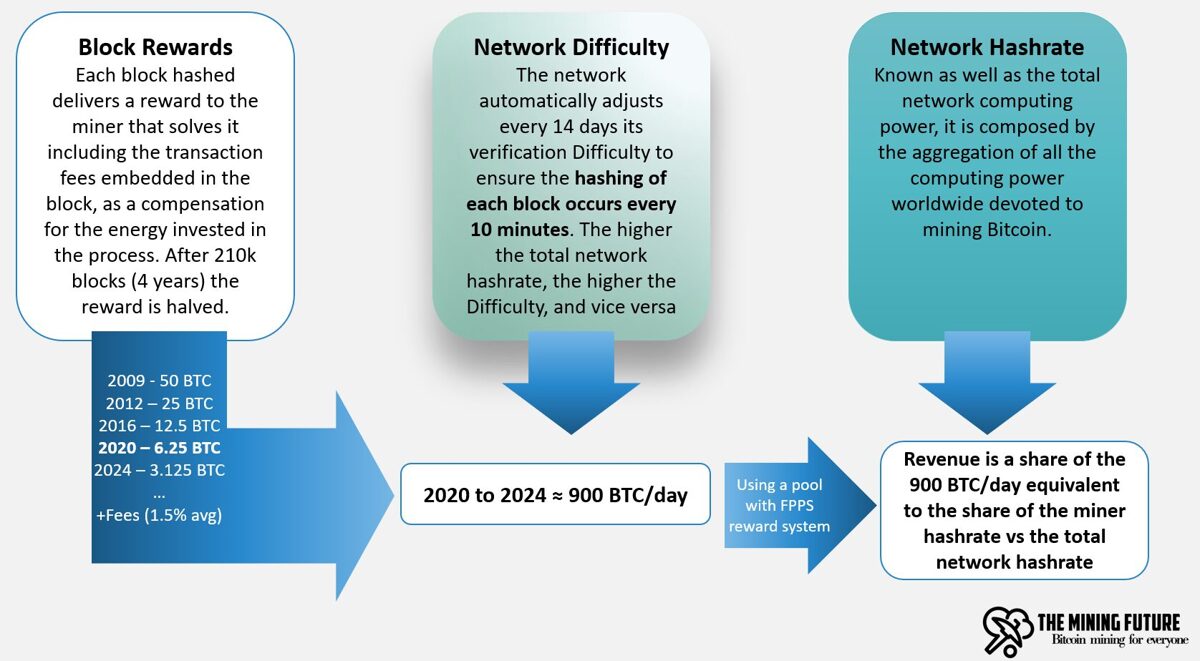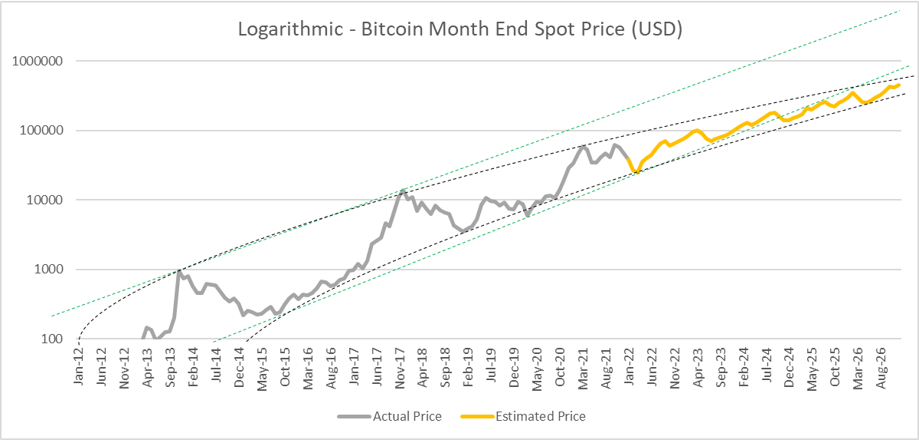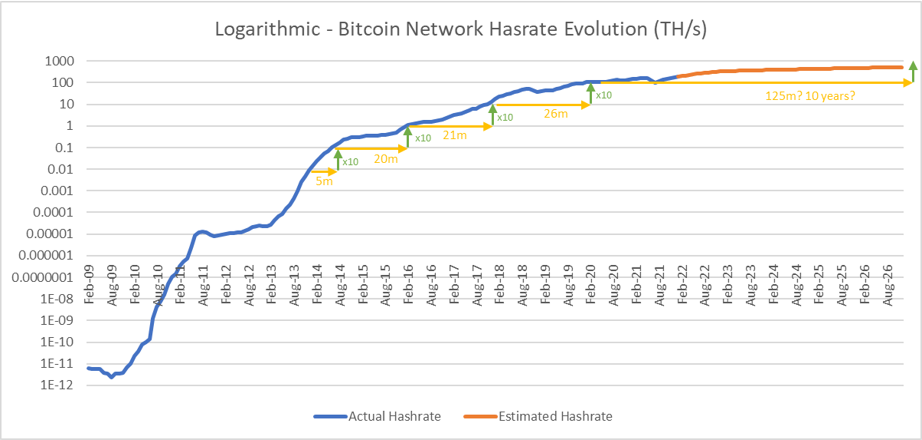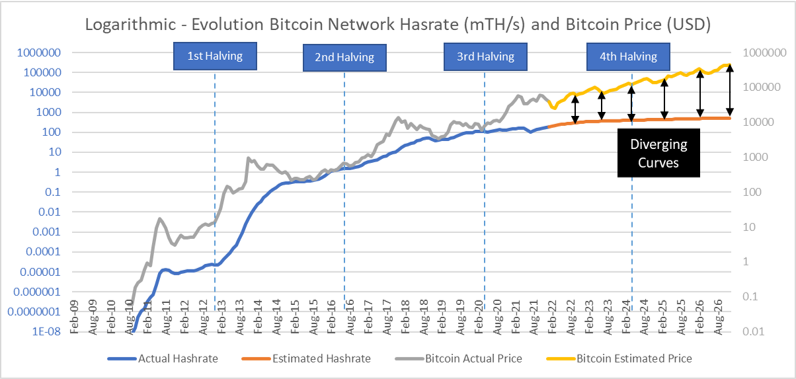Bitcoin Mining - One of the best investment in the 21st Century
Mining Bitcoin is a computing process that can be extremely profitable.
It is important to understand the few variables taking part on the mining process and how they impact the profitability.




